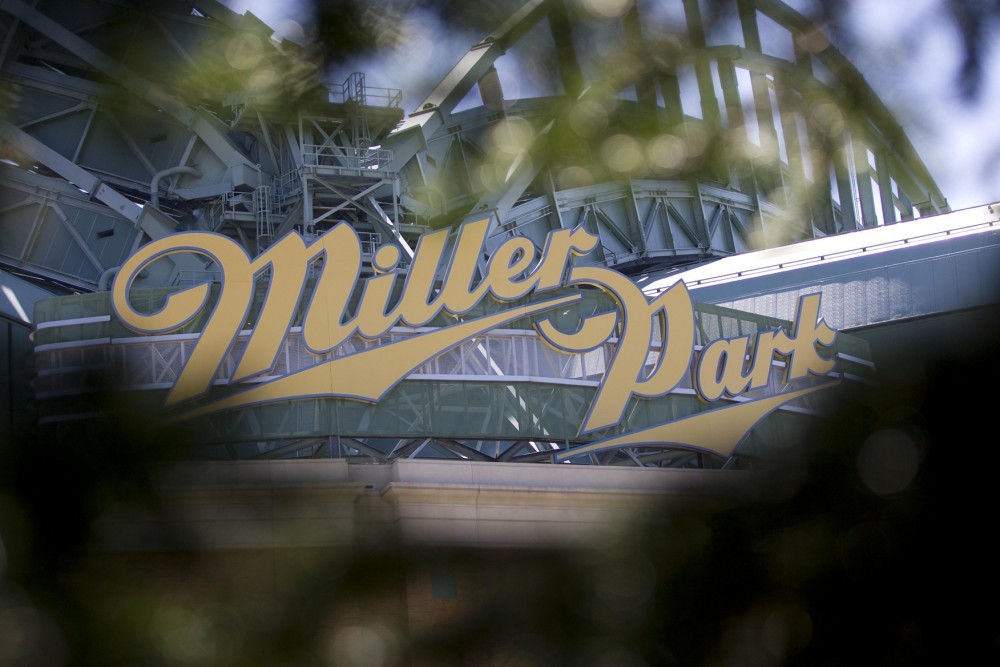It is no secret we are in part defined by our environment, and in some cases, like any Colorado Rockies pitcher in their entire franchises history, completely engulfed by it. In the case of Miller Park, the Milwaukee Brewers’ home since 2001, it too has created its own environment and effect on the Brewers and their opponents 81 times a year. A deep dive into park factors since Miller’s inaugural season gives a closer look at how Milwaukee’s home park affects individual player numbers and the team as a whole.
Left-handed hitters love hitting at Miller Park, at least when it comes to hitting home runs. Left-handed hitters have had a HR factor over 100 every year since 2011, and every year before that going all the way back to 2005. It is easy to jump to conclusions when discussing park factors and ignore year-to-year fluctuation, but it’s safe to conclude the Brewers home is friendly to left-handed power hitters. Just ask Prince Fielder. This may have something to do with the swapping of Chris Carter for Eric Thames at first base for the 2017 season. Thames is much more likely to put up gaudy, tradable numbers than the right-handed Chris Carter, even with similar skill sets. It can be dangerous to build a lineup around your ballpark but every now and then it can work to teams’ advantages. One example is the San Francisco Giants’ contact-heavy lineup in the home run suppressing AT&T Park. It will be interesting to see if David Stearns’s progressive front-office takes advantage of this statistically backed park factor.
Although it isn’t much of a surprise considering the amount of plate appearances, left-handed park factors overall had much more fluctuation than right-handed park factors. At the same time, it is astounding to realize that even an entire half seasons worth of plate appearances in a ball park can have that much fluctuation. It’s important to keep in mind not only when taking account for park factors, but when evaluating players and teams. It is widely known we jump to conclusions too quickly on each side of the spectrum, good and bad.
After a very rough, crude valuation and round-up, the runs factor for each side of the batter’s box is 101 in Miller Park’s entire 16-year history. Just barely above average. This runs contrary to conventional wisdom when it comes to Milwaukee’s home stadium. It is by no means in the same league as Coors Field or Citizens Bank Ballpark, but it isn’t considered far behind. This data suggests otherwise. Another season like the 2016 season, in which Miller Park actually played like a pitcher’s park, and it falls to about average. It is pure speculation as to what created the delusion that the Brewers home field is a hitter’s paradise but my best guess is the home run numbers. Milwaukee has always been a place where home runs fly, but is it possible to be a neutral ballpark and still have strong home run numbers? Miller Park suggests so. The only category where it is significantly above average is home runs. In contrast, Coors Field is not only a home run haven, but it is simply easier to get hits because of the high altitude.
Contradicting everything I said above about overacting to single-year park factor numbers, it is important to look at how Miller Park played in 2016 and what that might’ve meant at the time and what it could mean for the future. Again, like I mentioned above, it played as a slightly pitcher’s park, even with the above average home run numbers. There is no way to predict which way it will lean in the future, but it’d be safe to bet on a more hitter friendly lean. This could mean stronger seasons from prospects who struggled in 2016, such as Orlando Arcia and Domingo Santana. It could mean regression from Junior Guerra and Zach Davies. Or maybe 2016 was year 1 of the movement from a hitter’s park to a pitcher’s park, there really is no way to tell.
